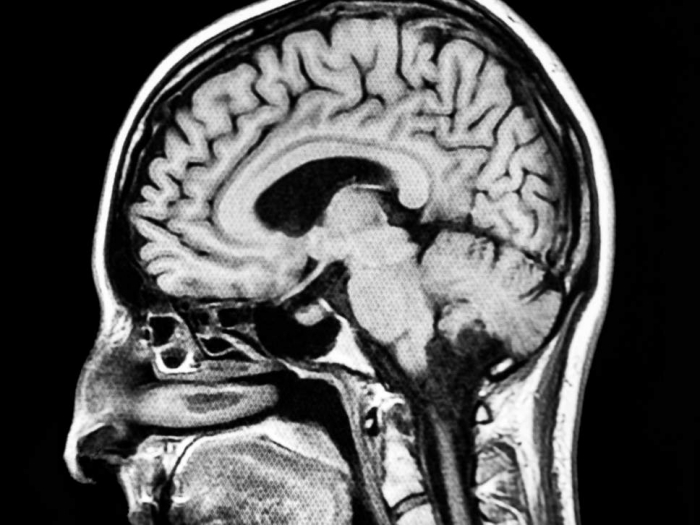Last year, another group of scientists announced that they, too, had created a brain implant that boosts memory storage. All the while, a do-it-yourself subculture continues to grow, of people who are experimenting with placing electrodes in their skulls or foreheads for brain “tuning”.
Predicting where all these efforts are headed, and how and when they might converge in a grand methodology, is an exercise in rank speculation. Neurostimulation covers too many different techniques, for various applications and of varying quality. The only certainties are the usual ones: that a genius cap won’t arrive any time soon and that any brain-zapping gizmo that provides real benefit is likely to come with risk.
Nevertheless, the field is worth watching because it hints at some elementary properties of brain function. Unlike psychiatric drugs, or psychotherapy, pulses of current can change people’s behaviour very quickly, and reliably. Turn the current on and things happen; turn it off and the effect stops or tapers.
To begin to appreciate the latest science, it helps to have a working picture of the brain’s electrical system – a metaphor. Metaphors can be dicey when applied to the brain; they’re inherently inadequate by nature, and choosing one risks endorsing an intervention, including brain stimulation, with unknown risks.
If you watch an orchestra perform, once the performance starts, the cello player is looking at the person next to him, or her, not the conductor. The same thing is likely happening in the brain. The question for me is, does the brain have a conductor
An orchestra metaphor is a good place to start. A brain humming along well is a Mozart-like production, with many diverse, specialised neural instruments synchronising.
“In conducting, in each moment, you’re working to coordinate all instruments to play in the same tempo, with the same intensity,” says James Conlon, music director of the Los Angeles Opera and principal conductor of the RAI National Symphony Orchestra in Turin, Italy. “I continually switch between listening, leading and following: back and forth and back, approving the sound, receiving or making adjustments.”
Brain scientists often liken brain function to a symphony. “If you watch an orchestra perform, once the performance starts, the cello player is looking at the person next to him, or her, not the conductor,” says Michael Gazzaniga, a psychologist at the University of California, Santa Barbara. “The same thing is likely happening in the brain. The question for me is, does the brain have a conductor?”
The crudest form of electrical intervention is electroconvulsive therapy, or ECT, which sends a seizure-inducing current through the brain, providing at least temporary relief to some people with severe depression. Doctors have used ECT for nearly a century, although the treatment remains controversial for many patients. Metaphorically speaking, ECT is akin to halting the orchestra’s performance and sending the musicians, from oboeist to timpanist, home to get some rest.
A more targeted form of electrical therapy, called deep brain stimulation, or DBS, has been used to manage conditions such as Parkinson’s disease and epilepsy. In DBS, an electrode is threaded into a specific area of the brain that is being disruptive; stimulating it and paradoxically knocking out activity in that specific region.
If a particularly strong section is off-key, “it can affect the entire system, and the whole orchestra sounds off”, says Dr Helen Mayberg, director of the Centre for Advanced Circuit Therapeutics at Mount Sinai’s medical school; she has developed DBS strategies for severe depression. “You can think of it as firing everyone in that section” – sending the percussion home permanently – Mayberg says. “Precision is absolutely critical.”
The recent brain-stimulation studies employ a technique distinct from either ECT or DBS but which still can be understood in terms of an orchestra. In one of the studies, scientists at Boston University found that they could improve working memory in older adults by optimising what’s called rhythmic “coupling” between frontal and temporal cortex areas in a person’s brain.
In the brain, the activities of distant regions coordinate by means of low-frequency theta waves. The researchers used electric stimulation, delivered through a skullcap, to amplify these waves, enhancing coordination between the two brain regions and, in older adults, improving working memory.
“We think what we’re doing is essentially synchronising these two separated areas,” said Robert MG Reinhart, a neuroscientist at Boston University and one of the authors of that study. In effect, the stimulation acts as an orchestra conductor, listening, synthesising and leading.
In another recent study, a team of brain scientists found that they could blunt or reverse symptoms of fatigue, poor concentration and mental fogginess in a woman who had suffered a severe brain injury in a car accident 18 years earlier. They did so by providing steady current, during waking hours, through two electrodes implanted on either side of the thalamus, a deep brain region often described as a central switching centre of the brain. Metaphorically, they turned up the volume – or, perhaps, they had the conductor clap her hands and fix a hard stare on the musicians.
Of course, a metaphor is just a metaphor, and only one step towards decoding the intimate mystery of consciousness. But in this age of technological onslaught, of ever higher-tech therapies and claims small and large, better to have some guide to the mind in mind than none at all.
The Independent
More about: brain
















































